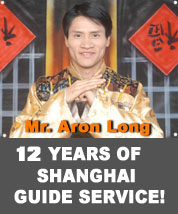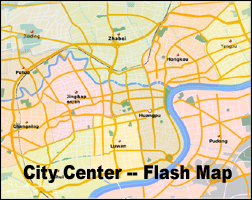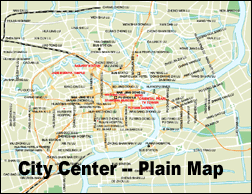| |
| Mr Aron Long,an excellent
local English Guide in Shanghai!1.Shanghai city tour (Sightseeing,Shopping,Leisure,Golfing,Working,Nightlife)2.Business
tour/interpretation (International Exhibition,Conference)3.Family
tour 4.Outdoor camping near Shanghai5.water-town guiding in Shanghai6.Airport
pick-up service (Shanghai Pudong /Hongqiao Airport)7.Vehicle rental(Car,Van,Mini-bus)8.Flight&
Hotel booking 9.Accompanying service around China.Shanghai Map, Weather,Shanghai
Local Time,Currency & Exchange,Chinese Food & Snack,Shanghai Local
Phone Calls,Visa & Customs,Useful Chinese ABC,Useful Conversions,Consulates
in Shanghai,Int'l Hospitals in Shanghai,Int'l Kindergartens & Schools,Chinese
Traditional Festivals,Chinese Traditional Music |
|
|
|
|
|
ARON'S SERVICE LIST
|
|
|
|
|
|
|
|
|
|
|
|
|
|
|
|
|
|
|
|
ARON'S USEFUL RESOURCES
|
|
|
|
|
|
|
|
|
|
|
|
|
|
|
|
|
|
|
|
|
|
|
|
|
|
|
|
|
|
|
|
|
|
|
|
|
|
|
|
Book Aron by phone:
0086-13564008294
|
|
|
 |
| |
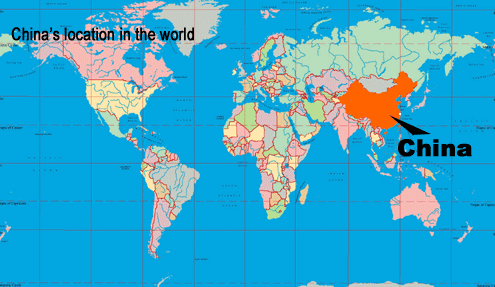
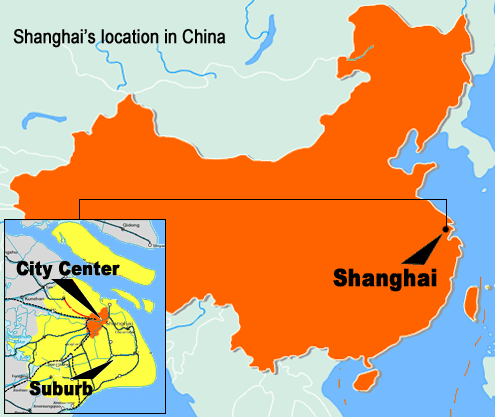
|
 People in Shanghai :
People in Shanghai :
Total Population:
18.21 million
Population density (2009):
2,645 per sq. km
Official language:
Chinese Mandarin
Other language:
Shanghaiese (Shanghai local dialect)
Unemployment rate:
3.5%
 Land in Shanghai :
Land in Shanghai :
Total land area:
6,340.5 square kilometers.
The city's Chongming Island is the third
largest island in China, covering an area
of 1,041 square kilometers.
|
|
|
 History of Shanghai :
History of Shanghai :
Historic Transformation:
Shanghai has undergone a historic transformation
since its liberation on May 27, 1949. In the past
more than 50 years, fundamental changes have taken
place in this once semi-feudal and semi-colonial
city. Particularly, since the Chinese government
adopted the reform and opening policy in 1978, Shanghai
has witnessed marked progresses in its social and
economic development, thanks to the distinctive
strategies adopted by the city government applicable
to the advancement of a megalopolis like Shanghai.
Today, Shanghai is the largest economic and transportation
center in China. It also enjoys a reputation as
a famed historical city in the country. Now, the
city is striving to turn itself into one of the
economic, financial, trade and transportation centers
in the world.
Modern Age
In the 16th century (or the middle period of the
Ming Dynasty), Shanghai became the national center
of textile & handicraft industry. In 1685, Shanghai
set up its first customs office. After the Opium
War in the mid-19th century, Shanghai served as
a major trading port and gateway to inland China.
With invasion of the big powers from across the
world, Shanghai was then turned into a semi-feudal
and semi-colonial city for about 100 year. On May
27, 1949, Shanghai was liberated by the People's
Liberation Army of the Communist Party of China
from the Kuomingtang rule and began to write its
chapter in the history of the development of New
China.
Founding of the City
Shanghai began as Huating County, an administrative
district established in 751 AD. The county, located
in an area known today as Songjiang District, had
its boundary reaching today's Hongkou District in
the north, Xiasha in the east and the coast in the
south. In 991 AD, Shanghai Town was set up in the
county. During the 1260-1274 period, the town evolved
into an important trading port and in 1292, the
then central government approved the establishment
of Shanghai County in this area, which has been
widely deemed as the official beginning of the city
of Shanghai.
Shanghai is called in Chinese ``Hu'' for short and
``Shen'' as a nickname. About 6,000 years ago, the
western part of today's Shanghai dried up into land
and its eastern part became a piece of land about
2,000 years ago. During the Spring-Autumn and Warring
States Periods (770-221 BC), this area was once
the feoff of Huang Xie, the Chun Shen Governor of
the State of Chu. So, ``Shen'' comes from the title
of the governor. During the Jin Dynasty (4th-5th
centuries), fishermen living along the Songjiang
River (today's Suzhou Creek) and the coast of the
East China Sea created a fishing tool called ``Hu.''
By combining the name of the fishing tool and the
then term for estuary of big rivers, they coined
a Chinese character ``Hu'' to name the place as
it sits at the mouth of the Yangtze River, the longest
river in China.
|
|
|
|
|
|
|

